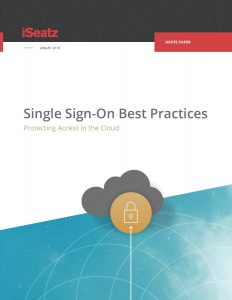Driven by promises of faster pursuits of business goals, the shift to the cloud is changing how companies think about their IT infrastructure and what they must do to manage it. Gone are the days when the security of business applications and data were protected within the confines of a local area network (LAN). Cloud services power a federated collection of on-demand services, which are provided by a variety of vendors for a set of highly distributed users.
The motivations to leverage cloud architectures are worthwhile since they can allow organizations to be more agile, provide a higher quality of service at a lower cost, and reduce capital investment and staffing costs. However, there can be unanticipated challenges around securing and controlling access, complying with local laws and regulations, uniting overall user experience and budgeting for support costs.
To meet these challenges, IT leaders are looking for secure access control solutions to embrace the cloud while managing associated risks. This paper describes how single sign-on (SSO) provides:
1. A convenient and simple user interface to all cloud services and Web applications
2. Explains how a well architected Single Sign-on and access control solution allows IT to maintain oversight
3. Describes how an enterprise can maintain the appropriate compliance posture
Download the white paper now.
About the Author
John Guidry is a software architect at iSeatz. His current technical interests include distributed systems, contributing to open source and seeking patterns for more reliable software. John earned a Bachelor of Science in Computer Science from Tulane University and has more than ten years of experience. When not at work, John enjoys cooking and taking apart anything that is not nailed down.

